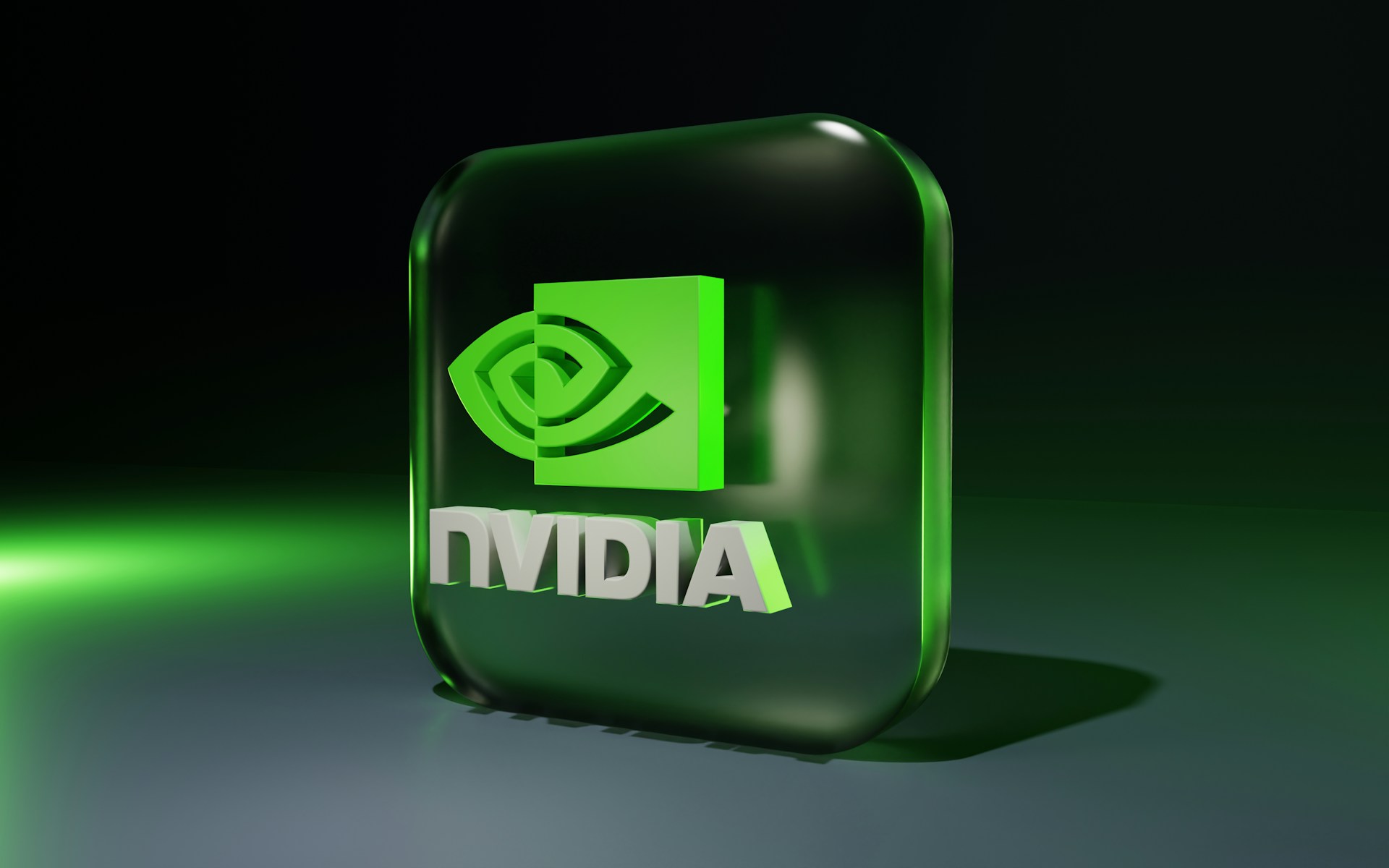The tech industry’s most competitive hardware players are seeing a striking divergence in their research and development (R&D) investments, with Nvidia leading the charge, significantly outpacing AMD and Intel. While Intel has long been the dominant force in chip development, recent trends reveal that higher R&D spending does not always translate to success in the market—particularly as Nvidia capitalizes on the booming AI sector.
Recent insights from Tech Fund highlight a growing gap between Nvidia and its closest competitor, AMD, when it comes to R&D spending. Since 2013, Nvidia’s R&D expenditure has surged from approximately the same level as AMD’s to nearly double it, reaching about $12 billion in 2024. In contrast, AMD’s budget has grown at a slower pace, hovering around $6 billion. This difference in funding allocation underscores Nvidia’s sharp focus on artificial intelligence (AI), which has powered much of its market growth, while AMD must distribute its resources across a broader range of products, including GPUs, CPUs, and FPGA chips.
Intel’s Struggles Despite Hefty R&D Investment
However, it is Intel—despite its enormous R&D budget—that has found itself grappling with mounting challenges across several fronts. In 2023, Intel spent a colossal $16 billion on R&D, and for 2024, the company projects total R&D and related costs will range between $17 billion and $20 billion. This investment, which is double the combined R&D spending of Nvidia and AMD, spans a wide range of initiatives, including CPUs, GPUs, quantum computing, and advanced foundries. Yet, despite this substantial outlay, Intel’s market valuation stands at just $107 billion, significantly trailing Nvidia, which recently hit a market capitalization of $3 trillion, securing its position among the world’s most valuable companies.
Intel’s problems are compounded by its inability to regain dominance in critical areas. While AMD has enjoyed a resurgence in the CPU market, pushing Intel aside with its competitive Ryzen chips, Intel has struggled to make comparable headway in GPUs, a segment that Nvidia has thoroughly dominated. This has left Intel in a precarious position, with massive spending and R&D efforts not yielding the results investors had hoped for.
The AI Factor: Nvidia’s Focus Pays Off
Nvidia’s near-total dedication to AI research and development has positioned it as a leader in the space, further exemplifying the power of strategic R&D investments. As demand for AI capabilities continues to surge, Nvidia’s hardware—optimized for deep learning and AI workloads—has become a cornerstone of the modern computing infrastructure. Its efforts have paid off handsomely, with Nvidia emerging as a key player in both AI hardware and software development, tapping into a market that shows no signs of slowing down.
By comparison, Apple, the world’s largest company, allocated $27 billion to R&D in 2023, rising to $31 billion for the period ending September 2024. Despite this hefty spend, Apple’s focus remains diversified across various hardware and software innovations, from iPhones to Macs, while Nvidia’s sharp focus on AI technologies has resulted in unparalleled growth.
The Bigger Picture: R&D Investment and Market Success
While conventional wisdom suggests that higher R&D spending directly correlates with market success, the experiences of Intel and Nvidia highlight a more nuanced reality. Nvidia’s decision to center its R&D around AI has reaped substantial rewards, with the company now vying for the title of the world’s most valuable firm. In contrast, Intel’s broad-spanning investments have failed to reverse its fortunes in key areas, leaving the company at a crossroads despite its massive R&D expenditures.
Ultimately, this disparity highlights the importance of focus and strategic direction in research and development efforts. While Intel continues to invest in a range of technologies, Nvidia’s concentrated push into AI is reshaping the market and redefining the competitive landscape.
References:
- Tech Fund (@techfund1), October 2024
- Tom’s Hardware, 2023 R&D Analysis
- TechSpot, Daniel Sims, Nvidia R&D Spending vs. Intel and AMD, November 2024



